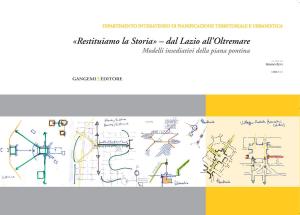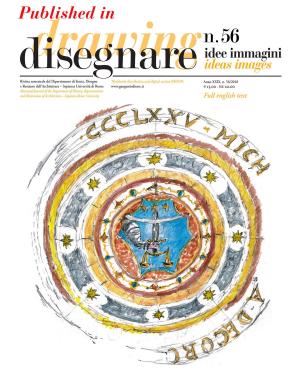Increasing inequalities – From the Eden to the present
Published in Origini n. XXXVIII/2015-2. Rivista annuale del Dipartimento di Scienze dell’Antichità – “Sapienza” Università di Roma | Preistoria e protostoria delle civiltà antiche – Prehistory and protohistory of ancient civilizations
Nonfiction, Social & Cultural Studies, Social Science, Archaeology, Anthropology| Author: | Mario Liverani | ISBN: | 9788849247978 |
| Publisher: | Gangemi Editore | Publication: | April 5, 2017 |
| Imprint: | Gangemi Editore | Language: | English |
| Author: | Mario Liverani |
| ISBN: | 9788849247978 |
| Publisher: | Gangemi Editore |
| Publication: | April 5, 2017 |
| Imprint: | Gangemi Editore |
| Language: | English |
Historiographic trends in the last decades were often intended to demonstrate that the monolithic views are simplistic and unrealistic, that the “meaningful” historical processes are arbitrary interpretations: human societies have always been complex, the top-down view is politically incorrect, the historical processes are less coherent than once believed to be, there is no centre vs. periphery, there is no progress, and so on. Passwords are complexity, inequality, resilience, transition, and others all of them inspired by caution, compromise, peer opportunities. I belong to a generation now dying, and can certainly appreciate the new trends, but feel obliged to add some qualifications. The first is that the task of the scholar (be he a historian or a physicist) is to point out the basic structures in a universe of individual diversities, therefore to build explicative models, not to reproduce the fragmentation of the existing world. The second is that the task of the historian is to point out the change (the transition if you prefer) of the characterising features, rather than the unavoidable continuity in the basic ones. The third is that we have to avoid anachronism, in applying to the past (even more to a remote past) social relationships that are typical of modernity. The turmoil of present time provides an enrichment of the range of the problems to be analysed, but should not influence their solution.
Historiographic trends in the last decades were often intended to demonstrate that the monolithic views are simplistic and unrealistic, that the “meaningful” historical processes are arbitrary interpretations: human societies have always been complex, the top-down view is politically incorrect, the historical processes are less coherent than once believed to be, there is no centre vs. periphery, there is no progress, and so on. Passwords are complexity, inequality, resilience, transition, and others all of them inspired by caution, compromise, peer opportunities. I belong to a generation now dying, and can certainly appreciate the new trends, but feel obliged to add some qualifications. The first is that the task of the scholar (be he a historian or a physicist) is to point out the basic structures in a universe of individual diversities, therefore to build explicative models, not to reproduce the fragmentation of the existing world. The second is that the task of the historian is to point out the change (the transition if you prefer) of the characterising features, rather than the unavoidable continuity in the basic ones. The third is that we have to avoid anachronism, in applying to the past (even more to a remote past) social relationships that are typical of modernity. The turmoil of present time provides an enrichment of the range of the problems to be analysed, but should not influence their solution.















